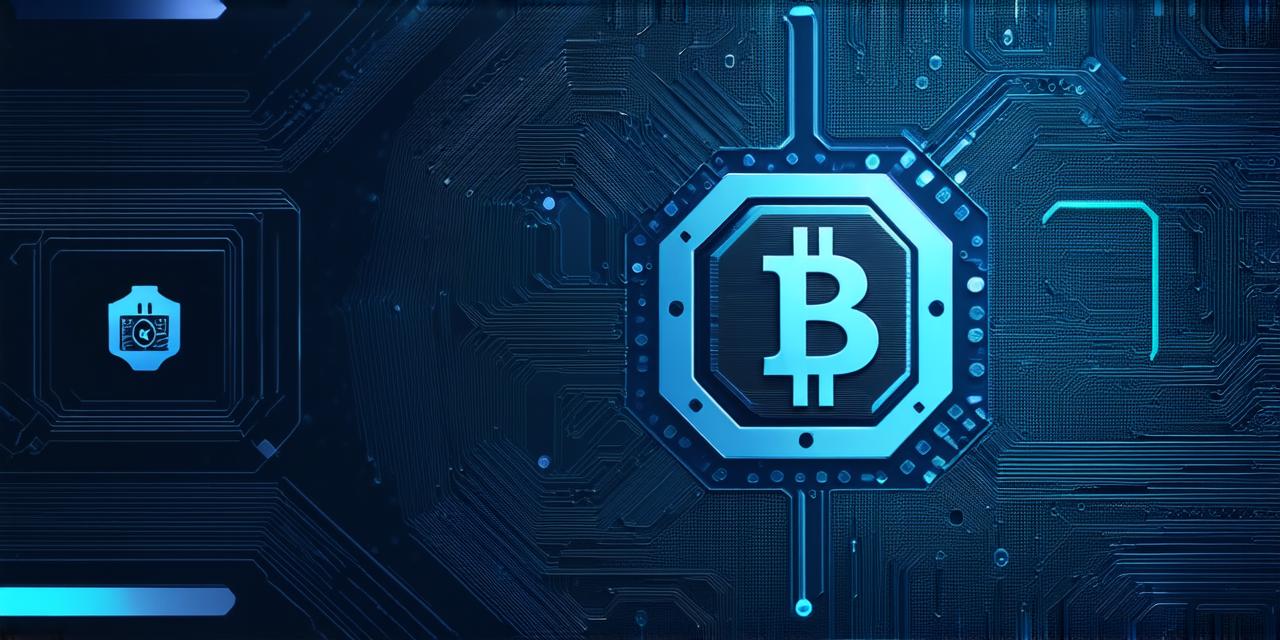What does blockchain technology do
Introduction
Blockchain technology is an innovative and decentralized digital ledger that allows secure, transparent, and immutable transactions. It was first introduced in 2008 with the launch of Bitcoin, a cryptocurrency. Since then, blockchain technology has gained widespread recognition for its potential to revolutionize various industries, including finance, healthcare, logistics, and supply chain management.
Key Features of Blockchain Technology
Decentralized Ledger
One of the key features of blockchain technology is a decentralized ledger, which allows for secure and transparent transactions without the need for intermediaries like banks or other financial institutions. The ledger is distributed across a network of computers, making it more resistant to hacking and fraud.
Immutable Data
Blockchain technology ensures that data is immutable, meaning that once it is recorded, it cannot be altered or deleted. This provides a high level of transparency and security, as all participants in the network can access the same information.
Consensus Mechanism
A consensus mechanism is used to ensure that all nodes in the blockchain network agree on the state of the ledger. There are various types of consensus mechanisms, including proof-of-work, proof-of-stake, and delegated proof-of-stake. Each mechanism has its own advantages and disadvantages, but they all serve to prevent fraudulent transactions and maintain the integrity of the blockchain.
Smart Contracts
Smart contracts are self-executing programs that automatically carry out a transaction when certain conditions are met. They are stored on the blockchain and can be used to automate various tasks, such as payment processing, supply chain management, and identity verification.
Benefits of Blockchain Technology
Increased Transparency and Security
Blockchain technology provides a high level of transparency and security, as all participants in the network can access the same information. This makes it more difficult for fraudulent transactions to occur and reduces the risk of data breaches.
Improved Efficiency and Cost Reduction
Blockchain technology can improve efficiency by automating various tasks and eliminating intermediaries like banks or other financial institutions. This can lead to cost reduction, as there are no transaction fees or other expenses associated with using blockchain.
Enhanced Data Privacy and Control
Blockchain technology provides individuals with greater control over their data, as they have the ability to share only the information that they choose. This can enhance data privacy and security, as sensitive information is not exposed to unauthorized parties.
Challenges of Blockchain Technology
Scalability Issues
One of the main challenges of blockchain technology is scalability. As more transactions occur on the network, it becomes slower and less efficient, which can limit its practical applications.
Regulatory Uncertainty
Blockchain technology is still relatively new, and there is a lack of clear regulatory guidance in many countries. This can create uncertainty for businesses that are considering using blockchain, as they may not know how to comply with local laws and regulations.
Technical Complexity
Blockchain technology can be complex, requiring specialized knowledge and skills to develop and maintain. This can limit its adoption by smaller businesses or individuals who do not have the necessary expertise.
Real-Life Examples of Blockchain Technology in Action
Bitcoin
Bitcoin is the most well-known example of blockchain technology, having been the first cryptocurrency to use the technology. It allows for secure and transparent transactions without the need for intermediaries like banks or other financial institutions.
Ethereum
Ethereum is a blockchain platform that allows developers to build decentralized applications (dApps) on top of the blockchain. It uses smart contracts to automate various tasks, such as payment processing and supply chain management.
Ripple
Ripple is a blockchain-based payment protocol that allows for fast and low-cost cross-border transactions. It is designed specifically for businesses and financial institutions, providing a secure and efficient way to transfer funds across borders.
IBM Food Trust
IBM Food Trust is a blockchain-based platform that allows for secure and transparent tracking of food products throughout the supply chain. It uses smart contracts to ensure compliance with regulations and standards, such as food safety requirements.
Conclusion
Blockchain technology has the potential to revolutionize various industries, from finance and healthcare to logistics and supply chain management. Its key features, including a decentralized ledger, immutable data, consensus mechanism, and smart contracts, provide a secure and efficient way for transactions to occur without intermediaries. However, there are also challenges associated with blockchain technology, such as scalability issues, regulatory uncertainty, and technical complexity. Real-life examples of blockchain technology in action, such as Bitcoin, Ethereum, Ripple, and IBM Food Trust, demonstrate its potential applications and benefits. As blockchain technology continues to evolve, it will be important for businesses and individuals to stay informed about its developments and potential uses.
FAQs

1. What is the difference between blockchain and a database?
A: A blockchain is a decentralized digital ledger that allows secure, transparent, and immutable transactions, while a database is a collection of organized data stored on a computer system.
2. Is blockchain technology only used for cryptocurrency?
A: No, blockchain technology has a wide range of potential applications beyond cryptocurrency, including finance, healthcare, logistics, and supply chain management.
3. How does the consensus mechanism work in blockchain technology?
A: The consensus mechanism is used to ensure that all nodes in the blockchain network agree on the state of the ledger. There are various types of consensus mechanisms, each with its own advantages and disadvantages.
4. What are smart contracts in blockchain technology?
A: Smart contracts are self-executing programs that automatically carry out a transaction when certain conditions are met. They are stored on the blockchain and can be used to automate various tasks, such as payment processing and supply chain management.
5. What are some of the challenges associated with blockchain technology?
A: Some of the challenges associated with blockchain technology include scalability issues, regulatory uncertainty, and technical complexity.



